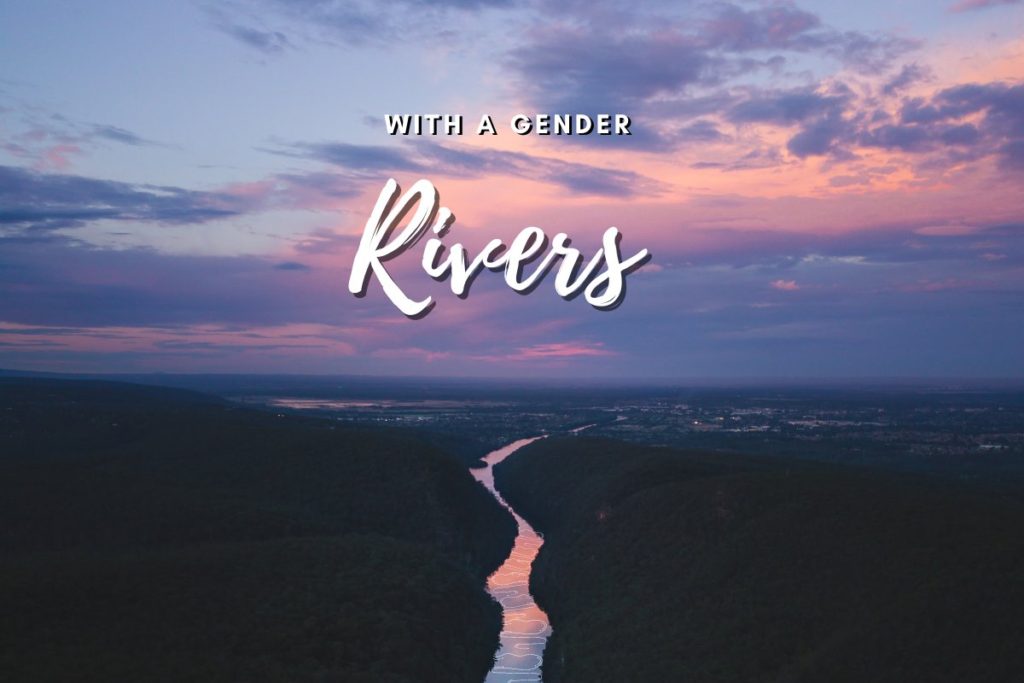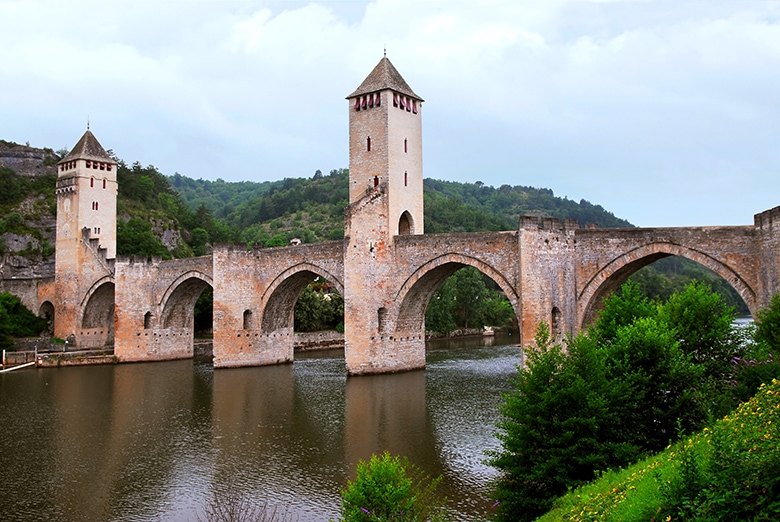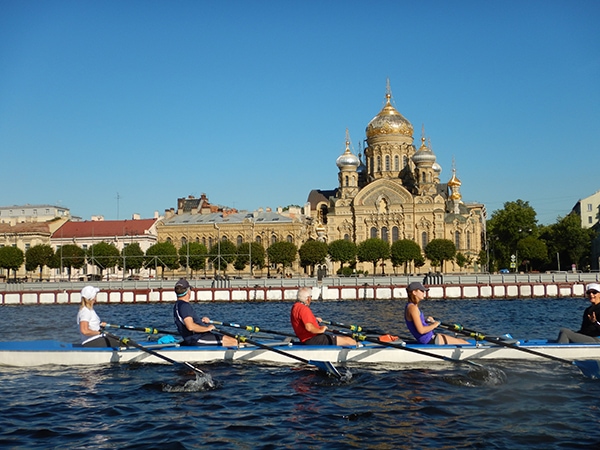
Rivers with a Gender
In honour of World Rivers Day, the fourth Sunday of September, we went back to have a read of this blog post and wanted to share it with you. While we are not rowing any of these rivers in 2020, no reason not to celebrate them. And enjoy some fun facts about river gender and at least for me, wonderful memories of rowing travel.
This week [original blog was posted in 2017] we are announcing rowing trips on three different rivers in Europe: Neva in Russia, Dordogne in France and Mosel in Germany. English nouns are neutral but in French, German and Russian, nouns are generally feminine or masculine. In their native languages, some of our rivers are female and some male.
It struck me as a romantic or at a minimum an interesting concept to identify the gender of a river. La Dordogne is considered the most beautiful river in France – feminine makes sense. Mosel, also feminine as die Mosel or la Moselle, rates by some as the most beautiful river in Europe. Logical. But the Mosel flows into the masculine Rhine, and le Lot, where we have a weekend trip also in the south of France is beautiful but masculine. Can a river be handsome?

It did not take much looking to learn that in French, the gender seems to be largely determined by whether the name ends in a vowel or not. There are exceptions to the rule, of course, but we don’t row any of those rivers. I found a fabulous map that coloured rivers of France by their gender – a beautiful pattern.
I consulted with our Mosel guide, Hans-Jürgen, but the rationale for river gender in German seems more mysteriously opaque. One internet explanation is that gender depends on whether the ancients viewed certain rivers as gods or goddesses. But from what attributes would that flow? Sorry for the pun.
Then there is the curious case of River Thames. In some languages it is masculine (Spanish) but feminine in others (French and German). Obviously in English the river has no gender, but in the 18th and 19th centuries it was referred to as Father Thames. In recent years, various poems have been written about Father Thames, none of them very complementary. R. D. V. Glasgow in his book The Concept of Water argues that the character of the river gives it an identity as male or female. He feels that the Thames is definitely male.

In Russian, because the noun for “river” is feminine, all rivers are by default female. The Neva, where we row on our St. Petersburg trip is a big, beautiful and powerful river. Hmmm, maybe quite appropriate to be female. And at times it feels that this is a river with an agenda as well as a gender.
[…] Is the Thames Male or Female? […]